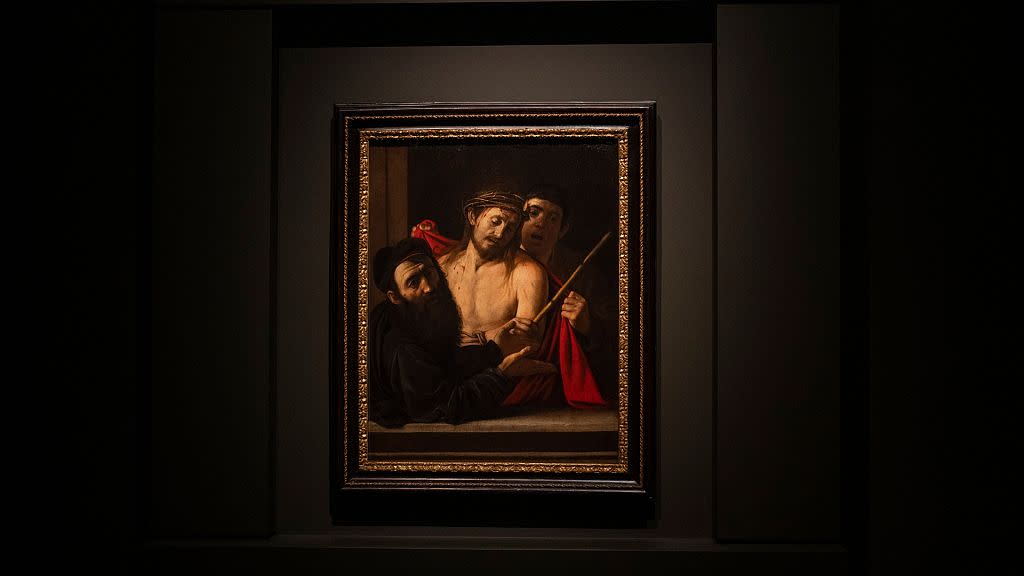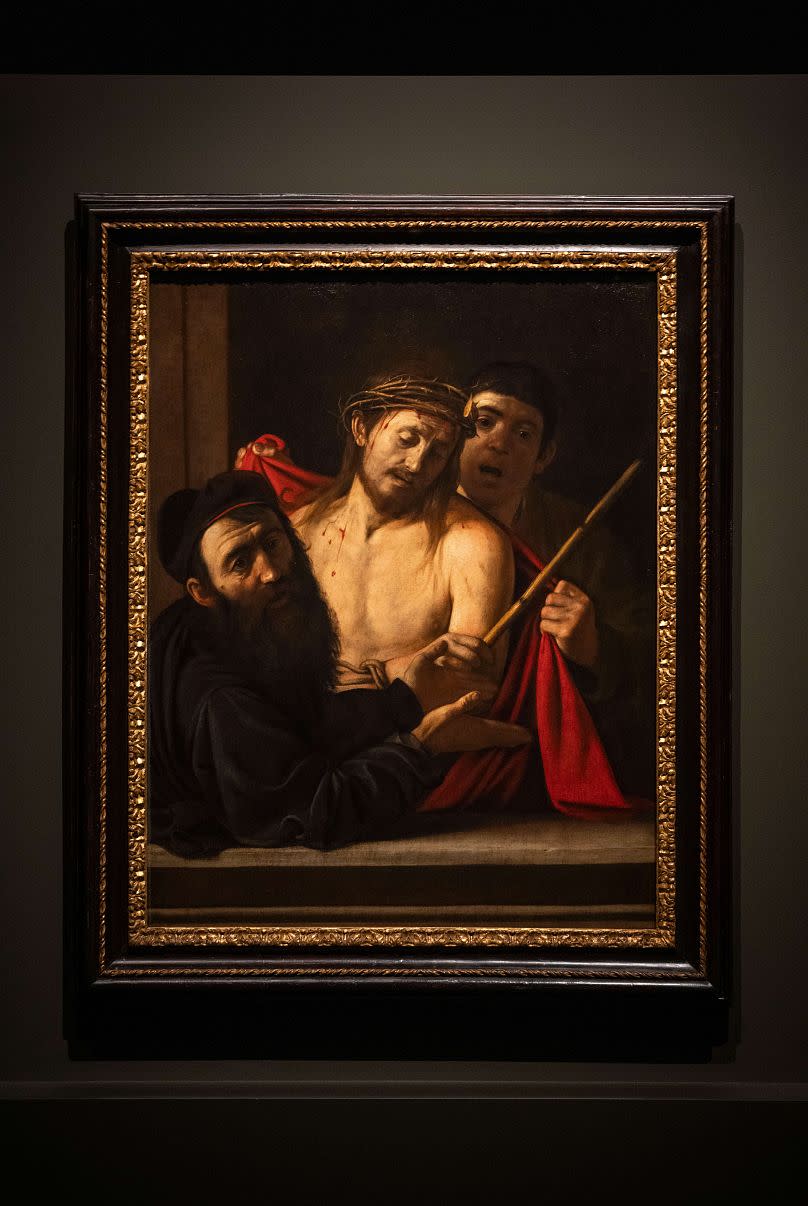Rediscovered Caravaggio masterpiece goes on show in Madrid's Prado museum

A painting that was once thought to be worth the price of a MacBook has been newly verified as a multimillion-dollar masterpiece by the Baroque painter Carvaggio and is now on show in the Prado.
‘Ecce Homo’ was painted by Michelangelo Merisi da Caravaggio in the 17th century around 1605-1609, close to his death in 1610. The painting, which shows Pontius Pilate as he presents the bound Jesus to the masses and utters the infamous Latin phrase for “behold the man” is now on show to the masses in Madrid’s famous Prado museum. Ecce ‘Ecce Homo’ indeed.
The art of deception: How the 'Ripley' series uses artworks to inform and misdirect
Rediscovered Caravaggio masterpiece to go on show at Madrid's Museo del Prado
The painting is one of only around 60 works attributed to the master painter who is known for his distinctive use of chiaroscuro, the contrast between light and darkness, and while there is already a well-known version of ‘Ecce Homo’ by Caravaggio, this one was originally not believed to be by the Italian painter.
In fact, the Madrid ‘Ecce Homo’ as this version is referred to, was nearly sold at auction in 2021 at a lot with a starting price of just €1,500.
The auction was stopped in time by order of the Spanish government on suspicion it was actually by Caravaggio. Originally, it was believed to have been painted by José de Ribera, a Spanish painter also from the 17th century.
The painting had been inherited by three Spanish siblings who had had it in their family’s possession since 1823.
Three years after the dramatic events of the auction, the Museo del Prado has confirmed that it is indeed by Caravaggio and authenticated its masterpiece status.

“Painted by the great Italian artist around 1605-09 and believed to have once been part of the private collection of Philip IV of Spain, the painting is one of around only 60 known works by Caravaggio in existence, and thus one of the most valuable old master artworks in the world,” the Prado's statement read.
The Madrid ‘Ecce Homo’ went on show at the Prado from Monday until late October as part of a one-off exhibition. The exhibition was made possible following an agreement with the piece’s new owner, who has not been identified.
After October, 'Ecce Homo' will move to the museum’s permanent collection until early next year.
Spanish media has reported the painting was sold to its new owner for €36m, a figure 24,000 times as large as the original auction starting price. Jorge Coll, the lead of London art gallery Colnaghi which handled the sale, has confirmed to the media that the painting will remain in public collections.
Caravaggio’s influence on art cannot be understated. His defining use of chiaroscuro altered the trajectory of painting through its emphasis on the contrast between darkness and light. He is widely credited as one of the foundational artists in the creation of the Baroque era, the artistic style that followed the Renaissance and brought new levels of contrast and sublime splendour to Western art.
Euronews Culture film critic David Mouriquand did a deep-dive into Caravaggio’s looming influence on the recent Netflix TV series ‘Ripley’. In the show, set in Italy, the Baroque painter’s works are regularly featured and the cinematography leans heavily into his aesthetic.
Much like the titular Ripley, Caravaggio was a complex figure. A master painter who became a murderer, his artworks use of contrast mirrors the black-and-white visuals of ‘Ripley’ amid morals that are anything but.

 Yahoo News
Yahoo News 
